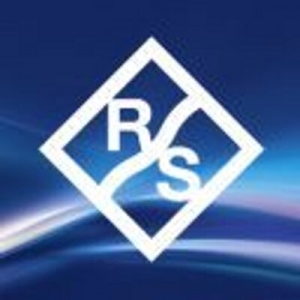There is certainly a learning curve. Finally, watching YouTube videos on using the instrument got me over the hump, as well as a sit down session with one of the oscilloscope experts. The Rohde & Schwarz user interface is very oriented towards drop and drag functions on the screen. Some of those are just not obvious how to use. You have to have somebody get you over the hump. My understanding is they have a newer user interface, but I haven't gotten around to upgrading the firmware on my scope in some time, so I'm not familiar with it yet. In comparison, I love the LeCroy interface. Recently, I've learned that there are ways to adapt these instruments to become a Vector Network Analyzer (VNA), which is of interest to me. If I can use probes that are not in the 50 ohm domain, which is what you would have with a normal Vector Network Analyzer, then doing power applications for me, this would be a lot safer. Using a traditional communications type Vector Network Analyzer in the 50 ohm domain and having these high DC potentials (adding the DC blocks is adding air to the test method), then having an oscilloscope type front-end which is lot more tolerant of overload, it is a lot safer. The vector network analysis that I need to do is well under a gigahertz, and the other instruments that I have sort of stop at 40 megahertz. Trying to get past 40 megahertz into the mid-hundreds of megahertz and have high impedance probes that will tolerate DC, that is really of interest to me.

